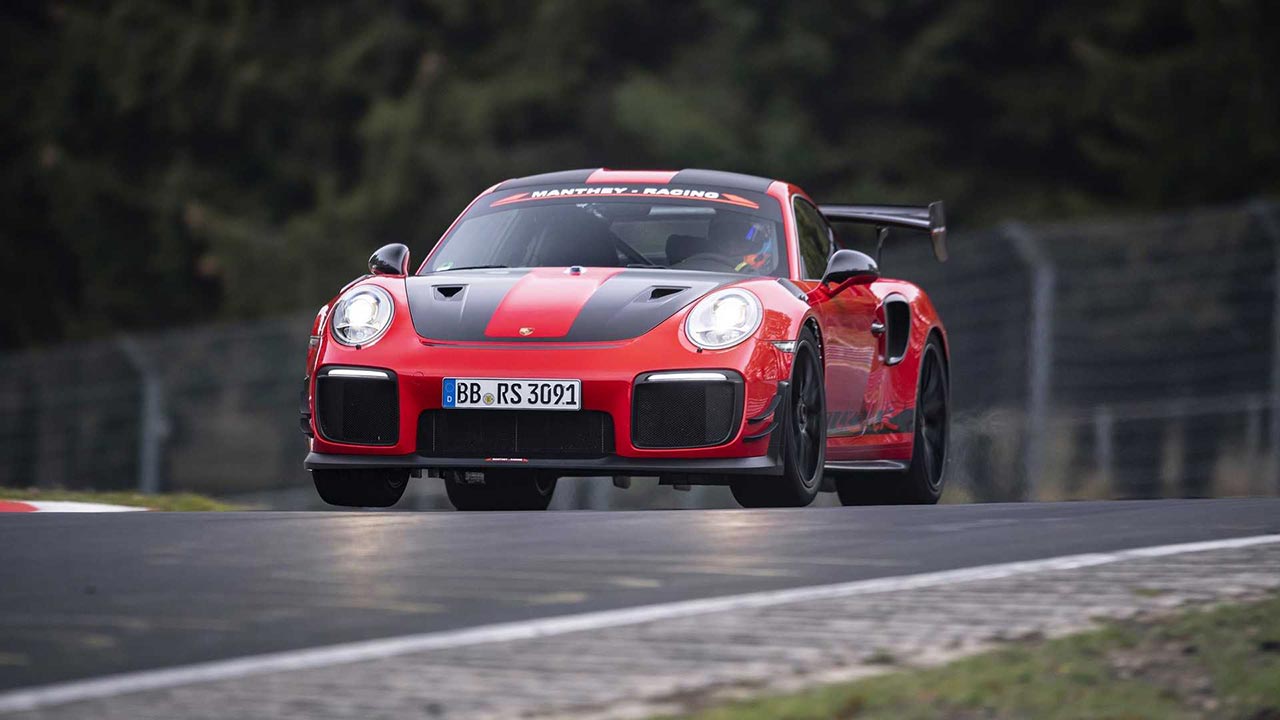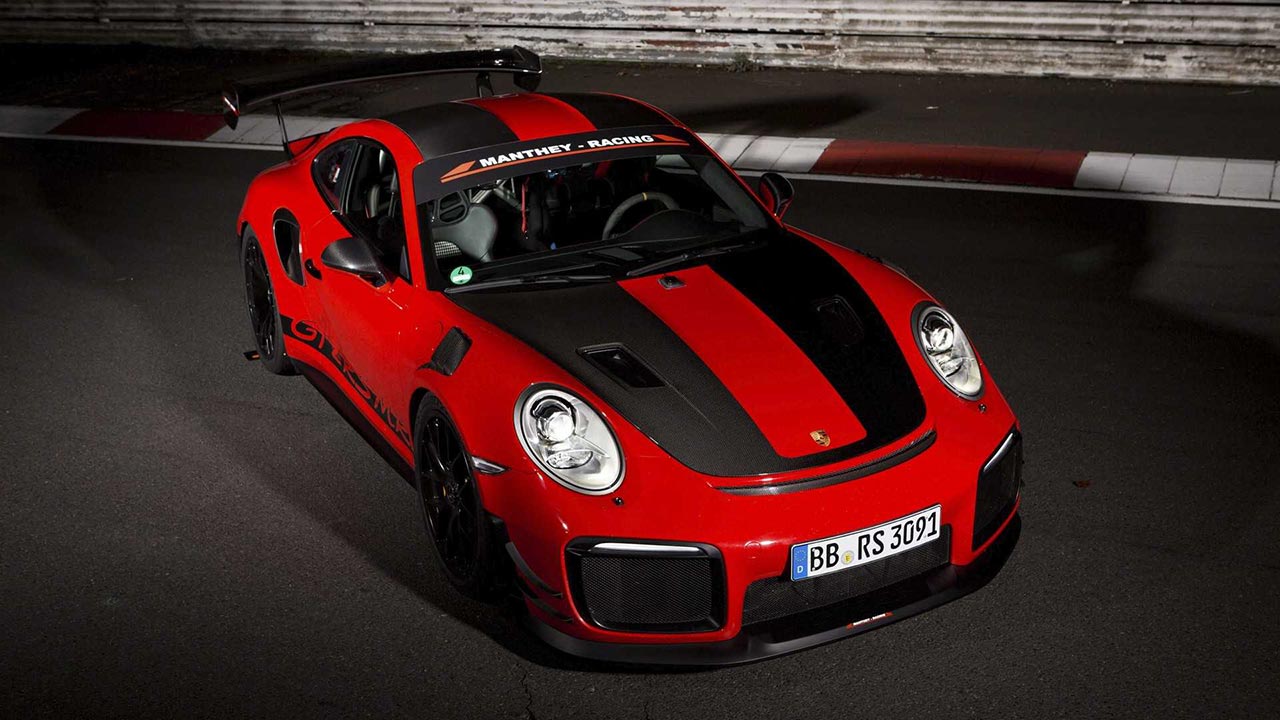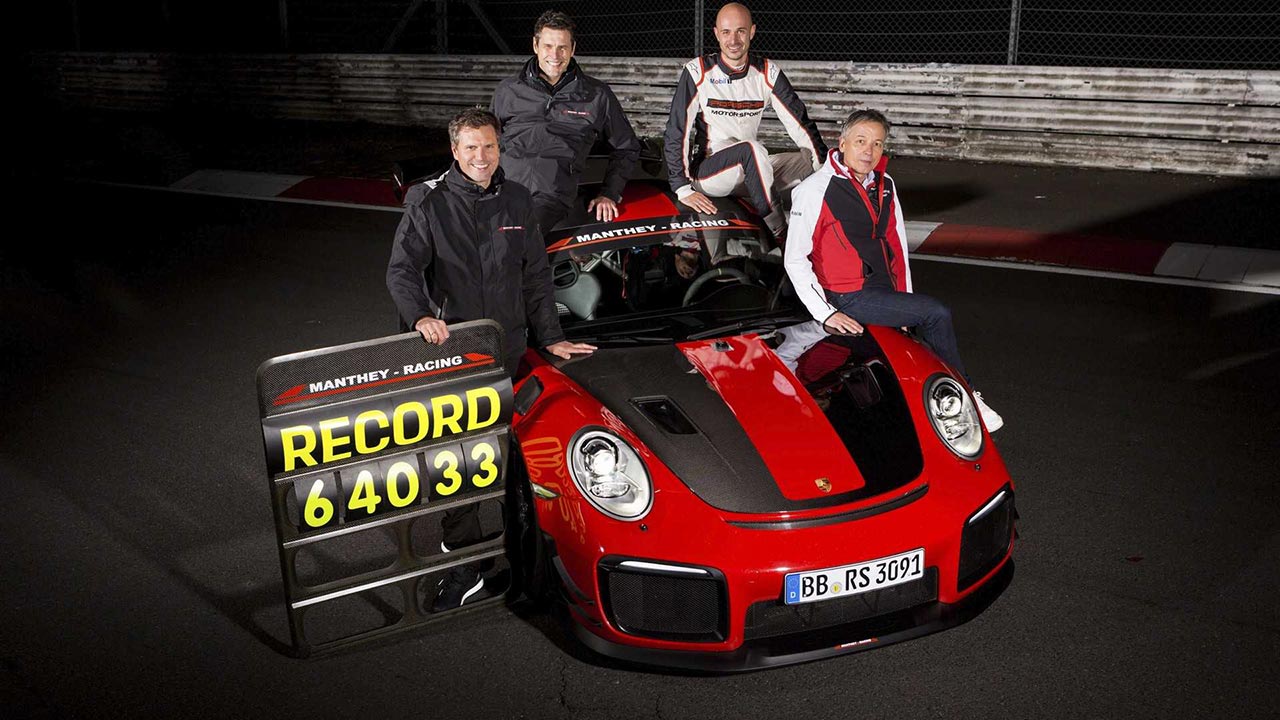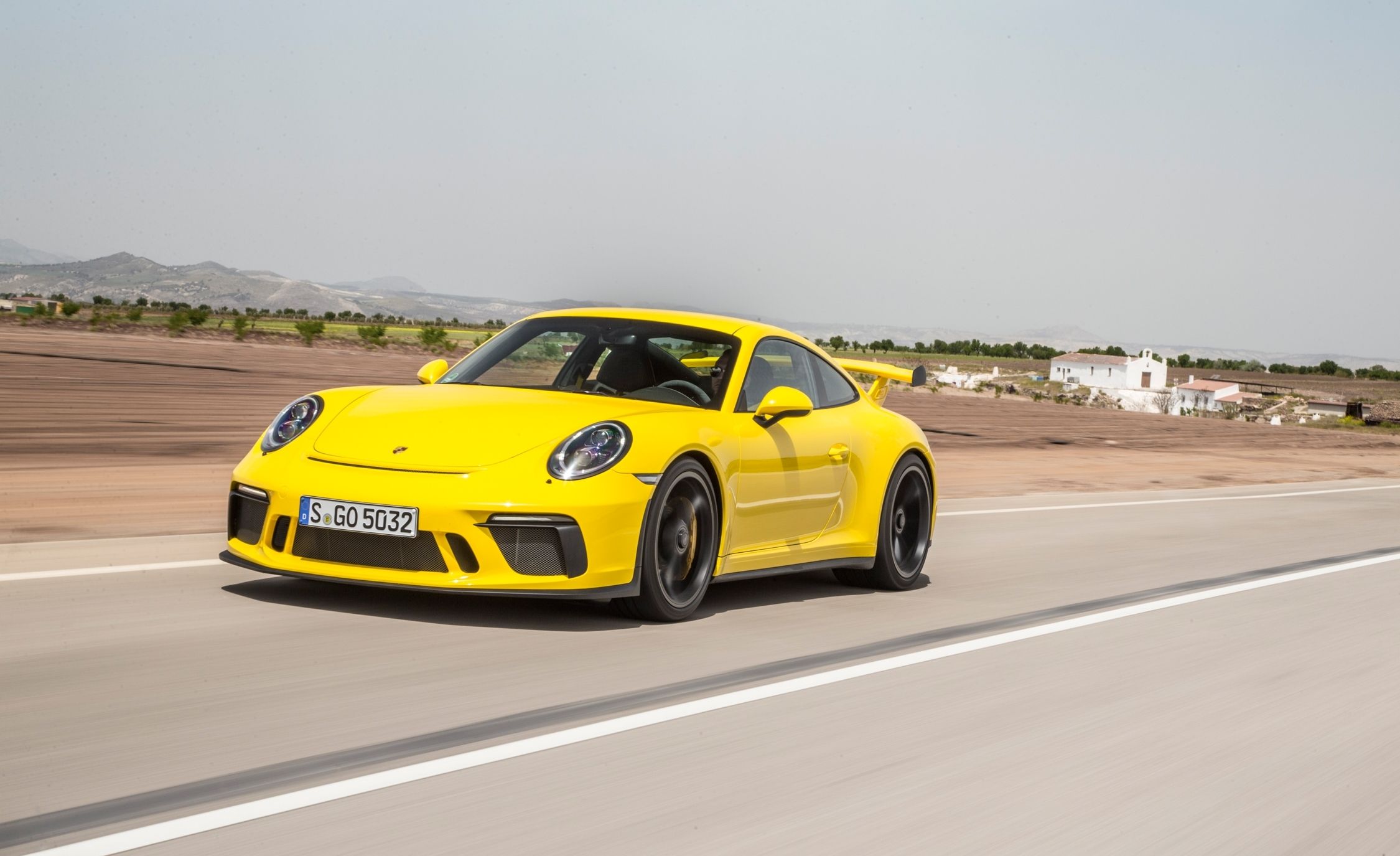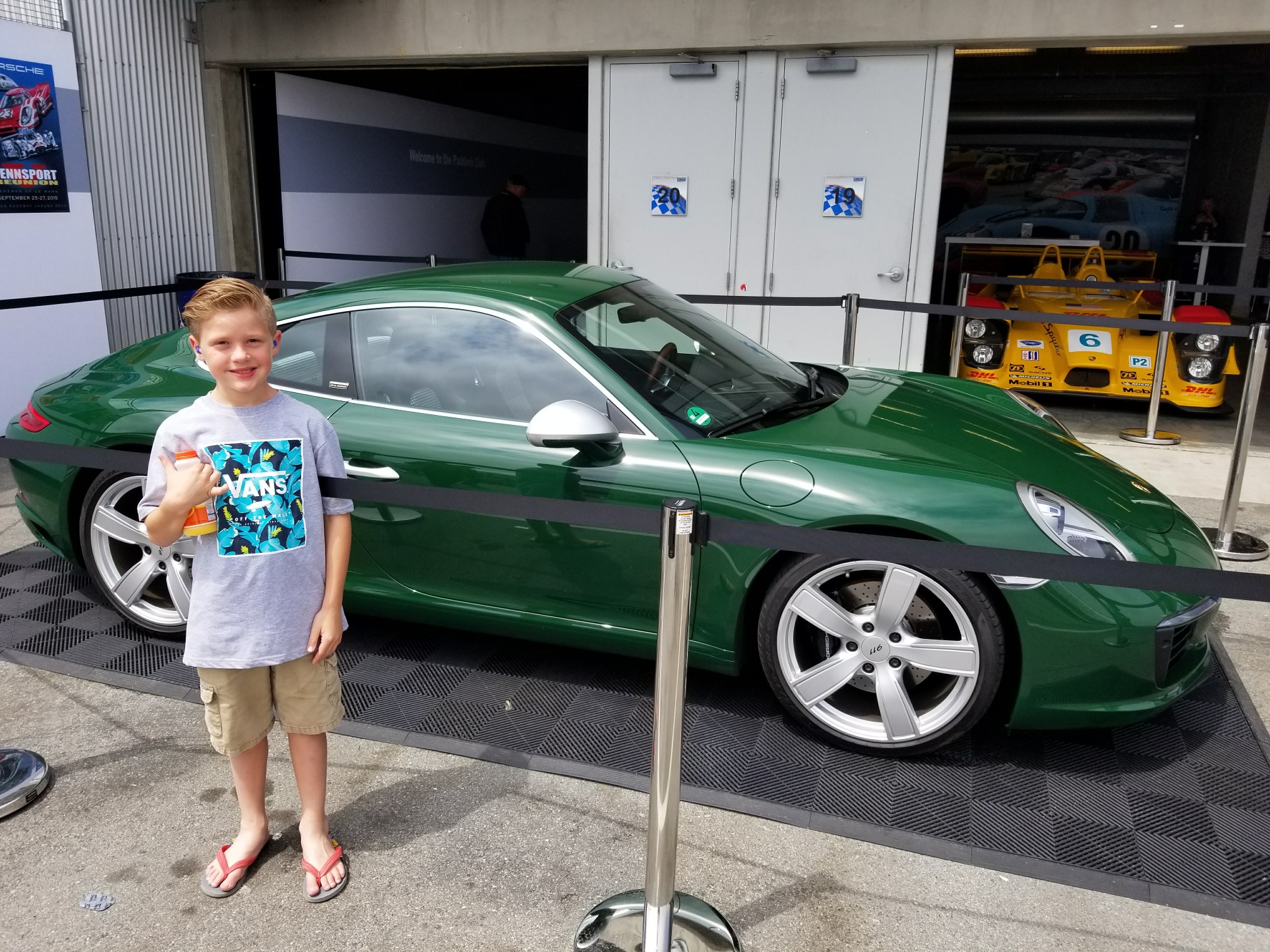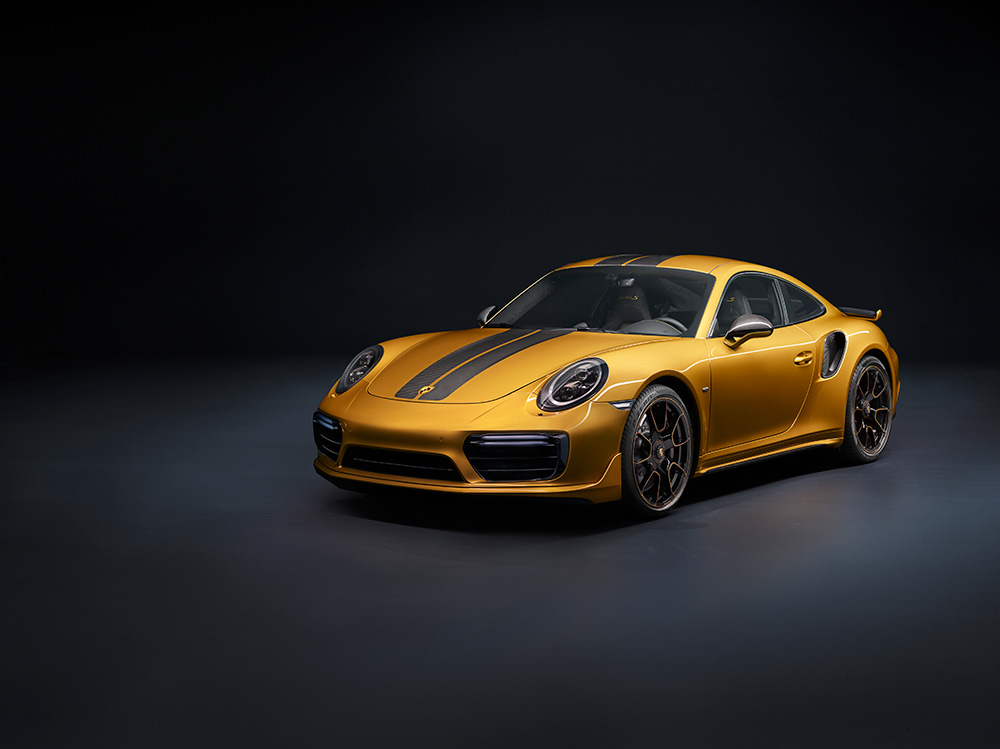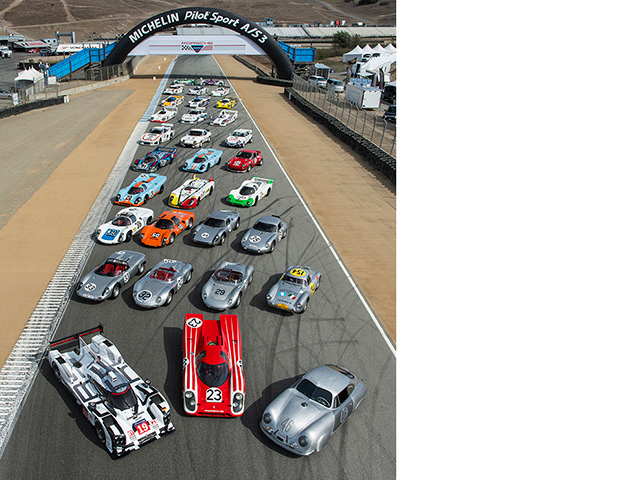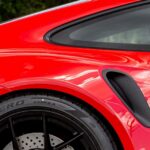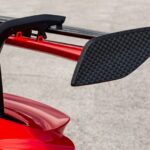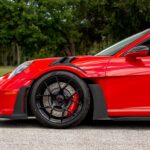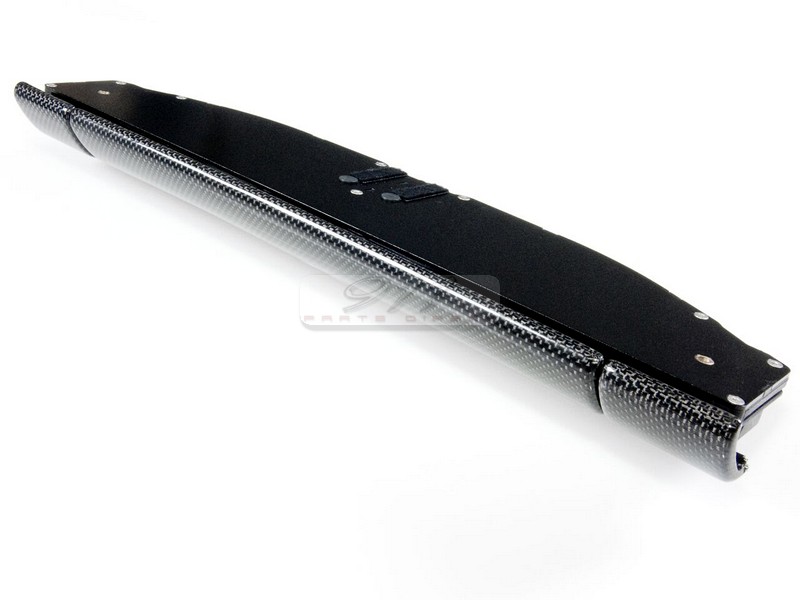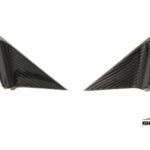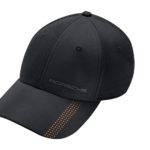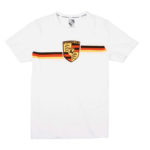Porsche 911 Recommended Engine Oil
The components in your Porsche 911 are all designed to work together to give an excellent performance. This includes its engine oil which also has a major role to play. Using the recommended engine oil for your Porsche 911 is crucial as you can only be sure that the engine oil will retain its quality and cause your Porsche 911 to function effectively. You must use the right engine oil for your Porsche 911 to function properly over a long period and to enhance its reliability.
Effects of Using the Porsche 911 Recommended Engine Oil
- Debris and dust are picked up by the oil and carried to where the oil filter is placed so they can be contained. This lessens the possibility of dirt amassing inside the engine, which will cause the engine harm. It ensures that the engine is clean, which is essential to maintaining the engine’s maximum performance.
- It stops the engine from knocking down by providing lubrication and keeping moving parts like your engine pistons from having contact with one another. This aids in avoiding issues and damages brought on by engine knockdown.
- Since the engine uses fuel, less force will be needed to move the parts when they are slipperier and eventually causing the engine to use less amount of fuel.It increases the efficiency of the fuel.
- Besides, the gasoline and sparkplug tend to explode, and excessive heat produced when the engine parts rub against each other can seriously harm critical engine components. The heat from the engine is transferred to colder sections as the oil travels about. This prevents one part from being excessively hot than the other parts. It reduces heat.
- Corrosion is prevented on engine parts by additives found in most oil specifically designed to help reduce oxidation.
There are numerous elements to consider if you want to know the recommended engine oil for your Porsche 911. The engine type is a key factor to consider. You can find these elements in your user manual, which are usually based on the specifications given by the manufacturer. The kind of oil the engine of your Porsche needs also depends on your driving style, the environment where you live, and how old your engine is.
Below are the types of engine oil you should know and their properties.
- The most common base oils are mineral oils. They are comparatively simple and inexpensive to produce through the distillation and refining process of crude oil. The process of production is usually complex. The semi-synthetic engine oils are higher quality, particularly in heat and aging resistance.
- The engine oils that are frequently utilized today are multi-grade oils. They are made from base oils with low viscosity and blended with unique additives (such as polymers like polyisobutylene and polyester), resulting in a minimal viscosity reduction at very high temperatures. A multi-grade oil can withstand temperatures at a wide range than a single-grade oil since the temperature has a minimal impact on its viscosity. In cold and hot weather, they can continually supply the engine with the ideal amount of oil. As a result, there is more lubrication when the engine is started cold, less strain on its starter motor when the engine is started at low temperatures, and appropriate lubrication when the engine and ambient temperatures are higher.
- Chemical synthesis is used to create synthetic oils, giving them unique properties that will enhance their quality. These oils are especially well suited for engines with high performance, like the Porsche 911 engine, because of their optimal performance.
The Oil Recommended
Any Porsche’s heart is its engine. This engine oil was specifically made to meet the needs of Porsche 911 flat engines. The oil underwent rigorous laboratory and field experiments throughout development to evaluate its lubricating and operating characteristics. Porsche Classic Motor oil has four special grades: 5W-50, 10W-60, 20W-50, and 10W-50.
Lubricants have particular difficulties in flat engines that are air-cooled. In other words, not every type of motor oil is appropriate for older Porsche flat engines. An act of balancing is involved between innovation and tradition for the procedures taken in developing motor oil for classic engines that are air-cooled: The oil should be as cutting-edge as is practical while being as conventional as required. Modern oils can be technically superior, but they aren’t always the ideal choice for air-cooled classic flat engines.
When creating new motor oils for the eight and four-cylinder water-cooled engines in the Porsche transaxle vehicles and the six-cylinder water-cooled engine in the Porsche 911, achieving the optimum lubricating and protecting qualities was a top priority.
Since not all classic cars are used for daily transportation and are frequently parked for extended periods before being briefly driven, it is more probable that the engine components, particularly sealing materials and metal materials, will be damaged just when they come into contact. Porsche classic motor oils have a unique formula that protects your classic automobile at a perfect level, even when it is not being driven for extended periods.
For the Porsche 911 having a displacement of 3L and beyond, Porsche recommends a variant of viscosity 10W-60. For six-cylinder air-cooled flat engines in Porsche 911 that have a displacement of 3L and beyond, fully synthetic oils are recommended. The advancement in technology for the creation of motor oils benefits these engines.
The most suitable product for the Porsche 911 engine cleaning and maintenance is the Porsche Classic Motor-oils. They are best for when their engine is either cold or warm.
Porsche Oil Size
The engine size, vehicle type, and oil are factors to consider in knowing how much oil you need to use.
For instance, a V-8 vehicle engine with high performance may need complete synthetic engine oil, whereas a 4-cylinder vehicle may use conventional oil more regularly. The majority of engines need between 5 and 8 oil quarts. For instance, a 4-cylinder engine needs five oil quarts, whereas a 6-cylinder engine needs about 6 quarts.
It is very important to know the recommended engine oil for your Porsche 911 if you want it to last longer. The above-recommended oil is the most suitable for your Porsche 911.











